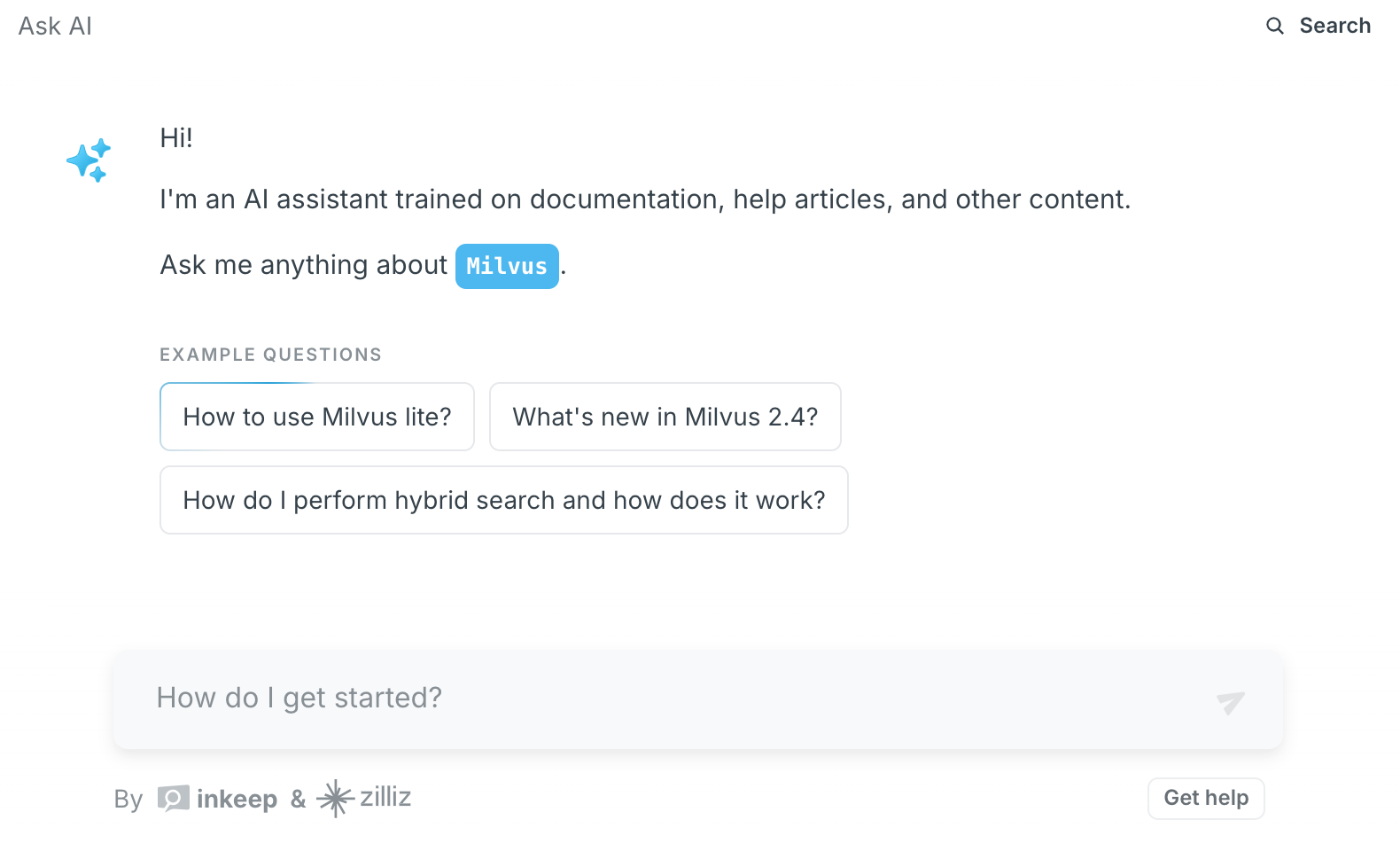In the context of Retrieval-Augmented Generation (RAG) systems, employing a chain-of-thought style prompt can significantly enhance the quality and relevance of generated responses. This method involves structuring prompts in a sequential manner, where the model is first instructed to summarize or analyze the retrieved documents before proceeding to answer the specific question. This stepwise approach can be particularly beneficial in complex use cases requiring detailed reasoning and comprehension.
To implement a chain-of-thought style prompt in a RAG system, you would typically begin by querying the vector database to retrieve the most relevant documents based on the user’s inquiry. Once these documents are retrieved, the system can be prompted to first summarize or analyze the content. This initial step allows the model to process and internalize the key information and themes present in the documents, setting the stage for more informed and contextually accurate responses.
For example, imagine a scenario where a user is seeking insights into the latest trends in renewable energy technologies. The system would retrieve pertinent documents from the vector database, and the first prompt might instruct the model to summarize the main points or analyze the trends discussed in these documents. Following this, a second prompt would guide the model to answer the user’s specific question, leveraging the insights gained in the initial step.
The advantages of this approach are manifold. By encouraging a detailed review of the source material, chain-of-thought prompts can lead to more comprehensive and nuanced answers. This is particularly valuable in domains where understanding context and subtle distinctions is crucial. Moreover, this method can help reduce the likelihood of the model generating responses that are off-topic or misaligned with the user’s intent, as the initial summarization or analysis serves to narrow the focus.
However, this approach also comes with certain challenges. It may increase the computational load and response time, as the model needs to process the retrieved information in multiple stages. Additionally, crafting effective chain-of-thought prompts requires careful consideration and expertise to ensure that each step logically and beneficially builds upon the previous one. This complexity can make the approach less straightforward to implement than simpler prompting strategies.
In summary, while employing a chain-of-thought style prompt in RAG systems can enhance the depth and accuracy of responses, it also demands more resources and thoughtful design. When used judiciously, this method can be a powerful tool for extracting and synthesizing information from complex datasets, ultimately leading to more informative and contextually aware user interactions.
